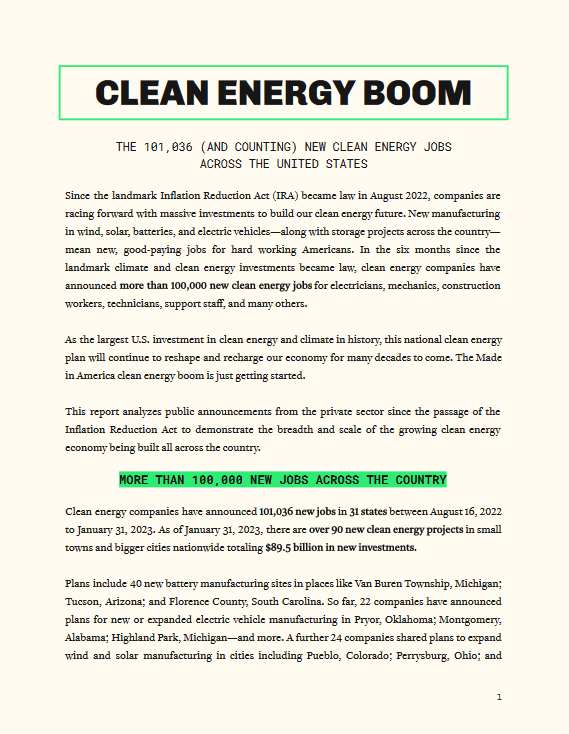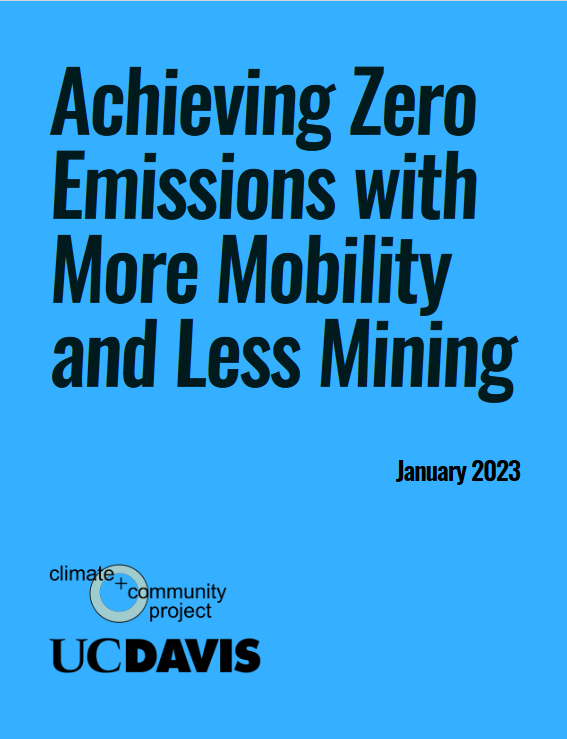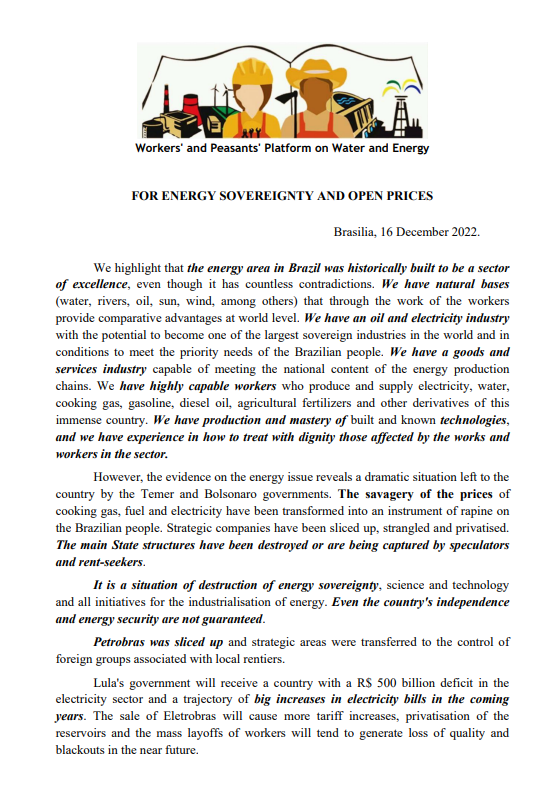You are here
energy transition
The Fine Print I:
Disclaimer: The views expressed on this site are not the official position of the IWW (or even the IWW’s EUC) unless otherwise indicated and do not necessarily represent the views of anyone but the author’s, nor should it be assumed that any of these authors automatically support the IWW or endorse any of its positions.
Further: the inclusion of a link on our site (other than the link to the main IWW site) does not imply endorsement by or an alliance with the IWW. These sites have been chosen by our members due to their perceived relevance to the IWW EUC and are included here for informational purposes only. If you have any suggestions or comments on any of the links included (or not included) above, please contact us.
The Fine Print II:
Fair Use Notice: The material on this site is provided for educational and informational purposes. It may contain copyrighted material the use of which has not always been specifically authorized by the copyright owner. It is being made available in an effort to advance the understanding of scientific, environmental, economic, social justice and human rights issues etc.
It is believed that this constitutes a 'fair use' of any such copyrighted material as provided for in section 107 of the US Copyright Law. In accordance with Title 17 U.S.C. Section 107, the material on this site is distributed without profit to those who have an interest in using the included information for research and educational purposes. If you wish to use copyrighted material from this site for purposes of your own that go beyond 'fair use', you must obtain permission from the copyright owner. The information on this site does not constitute legal or technical advice.





 A leading climate action group on Monday published a
A leading climate action group on Monday published a 
 We highlight that the energy area in Brazil was historically built to be a sector of excellence, even though it has countless contradictions. We have natural bases (water, rivers, oil, sun, wind, among others) that through the work of the workers provide comparative advantages at world level. We have an oil and electricity industry with the potential to become one of the largest sovereign industries in the world and in conditions to meet the priority needs of the Brazilian people. We have a goods and services industry capable of meeting the national content of the energy production chains. We have highly capable workers who produce and supply electricity, water, cooking gas, gasoline, diesel oil, agricultural fertilizers and other derivatives of this immense country. We have production and mastery of built and known technologies, and we have experience in how to treat with dignity those affected by the works and workers in the sector.
We highlight that the energy area in Brazil was historically built to be a sector of excellence, even though it has countless contradictions. We have natural bases (water, rivers, oil, sun, wind, among others) that through the work of the workers provide comparative advantages at world level. We have an oil and electricity industry with the potential to become one of the largest sovereign industries in the world and in conditions to meet the priority needs of the Brazilian people. We have a goods and services industry capable of meeting the national content of the energy production chains. We have highly capable workers who produce and supply electricity, water, cooking gas, gasoline, diesel oil, agricultural fertilizers and other derivatives of this immense country. We have production and mastery of built and known technologies, and we have experience in how to treat with dignity those affected by the works and workers in the sector.